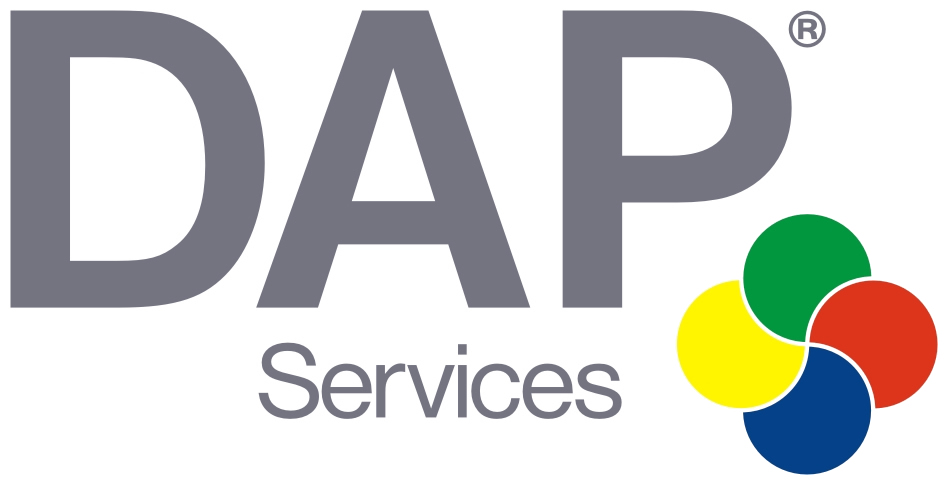Looking on BETT 2014 trade fair in London I cannot help the feeling that in soon there will be more tablets and various other devices than students. Everywhere they present classes full of students who each have their own tablets or another device which is their virtual helper and often also a teacher throughout the lesson. Although the teacher is standing 16 feet from the students, they communicate by means of their IT device. Is it good or bad? In my opinion, that is not the way we should be asking. It is a trend and it is unlikely to change in the years to come.
As usually, 10% of teachers embrace the technological novelties in a proactive way and with enthusiasm. We observed this fact and trend in the long term in the Czech Republic and Slovakia where we worked with teachers’ teams to ensure they would not refuse the new technologies and start using them in their classwork. But in most cases it was an order that made the new technologies enter schools and teachers were thrown in at the deep end and they had to learn how to use the new technologies mostly by themselves. Generally, it was very hard for them to do so which is not surprising given that the majority of the teaching staff was older and prevailingly female population. As a result we can see ineffective work with IT novelties and refusal to introduce them into the classwork. The students are often faster in mastering IT novelties which results in degradation of the teacher’s position. And so it was not surprising for me when I witnessed implementing of a very nice classwork novelty on BETT 2014 trade fair in London. It was and electronic evaluation system of student’s papers by virtue of voice or video recording (http://www.teacherfeedback.co.uk/). Students were enthusiastically describing what the novelty brought them as added value and when asked about how many teachers use it, the answer was simply - “Very few of them. They should learn how to use it.” But is it going to happen?
Individualization of tuition is one many features that IT influx introduces into schools. Students isolate themselves more and more in their own virtual world and they lose the natural need to share the normal social contact with a group. This fact then naturally leads to individualization of tuition which means that a classroom full of students does not study together anymore and each student is basically learning by himself. The well known fact that young people started to spend too much time with computers, tablets and smartphones on social websites serves to support the IT influx.
The key element here is parent’s involvement in the process. Only the parents can prepare the future students for what they are going to experience in schools and help them cope with that. However, in this accelerated time when the model of conventional family ceases to work, it is very hard for parents to find time to do so.
Change of the system of IT implementation is therefore necessary in order for the educational system to remain effective and for the teacher’s and student’s role to remain unchanged.
I trust that that the producers of IT novelties, who are trying to sell their products into the educational systems, will think about the implementation process too and that they will assist in order for the implementation to be smooth.

